Hey there, data enthusiast! If you’re looking to dive into the world of Python and data analysis, you’ve come to the right place. In this comprehensive guide, we’ll take you on a journey through Python for data analysis, uncovering the ins and outs of the language and how to use it to your advantage. So, buckle up and let’s get started!
- Python for Data Analysis: A Comprehensive Guide
- Getting Started with Python
- Python Libraries for Data Analysis
- Data Wrangling with Python
- Data Visualization with Python
- Advanced Data Analysis Techniques with Python
- FAQs
- Conclusion
Python for Data Analysis: A Comprehensive Guide
What is Python?
Python is a versatile, high-level programming language that’s known for its readability and ease of use. As a popular choice among data analysts and data scientists, Python has gained popularity thanks to its extensive library support and broad community of users. With its clear syntax and strong performance, Python perfectly fits data analysis tasks.
Why Python for Data Analysis?
Python’s got a lot going for it when it comes to data analysis. Here are some of the main reasons why you should consider using Python for your next data project:
- Ease of use: Python’s readability and ease of learning make it accessible to newcomers and seasoned programmers alike.
- Rich libraries: Python boasts an impressive collection of libraries that cater specifically to data analysis tasks, such as NumPy, pandas, and matplotlib.
- Strong community: With a large and active community of users, finding help and resources online is a breeze.
- Integration: Python can easily integrate with other programming languages and platforms, making it a versatile choice for data analysis.
Getting Started with Python
Installing Python
The first step is to install Python on your computer to kickstart your Python for Data Analysis journey. Head on over to the Python website to download the latest version for your operating system.
Setting Up Your Environment
Once you’ve got Python installed, it’s time to set up your environment. You can choose from a variety of Integrated Development Environments (IDEs) and code editors, such as PyCharm, Visual Studio Code, or Jupyter Notebook. These tools will make your coding experience smoother and more efficient.
Python Libraries for Data Analysis
NumPy
NumPy, short for Numerical Python, is a library that offers powerful tools for working with numerical data. With NumPy, you can perform complex mathematical operations, manipulate arrays, and work with linear algebra, among other things.
pandas
pandas is a popular Python library for data manipulation and analysis. Its main feature is the DataFrame, a flexible and powerful data structure that allows you to easily handle large datasets.
matplotlib
matplotlib is a plotting library that enables you to create high-quality visualizations of your data. With a wide array of customization options, matplotlib is a go-to choice for creating visually appealing graphs and charts.
Data Wrangling with Python
Importing Data
Before diving into data analysis, you need to import your data into Python. You can use the pandas library to easily read data from various formats, such as CSV, Excel, or SQL databases.
Cleaning Data
Data cleaning is a crucial step in the data analysis process. With Python and pandas, you can easily handle missing values, remove duplicates, and filter or transform your data as needed.
Merging and Aggregating Data
Python and pandas make merging and aggregating data from multiple sources easy, allowing you to create more insightful analyses.
Data Visualization with Python
Creating Basic Plots
Visualizing your data is a key aspect of data analysis and Python offers a variety of libraries to create stunning visualizations. With matplotlib, you can create basic plots such as bar charts, scatter plots, and line charts to better understand your data.
Seaborn: Taking Your Visualizations to the Next Level
Seaborn is a Python library built on top of matplotlib that provides a high-level interface for creating visually appealing and informative statistical graphics. With Seaborn, you can create more advanced plots, such as heatmaps, box plots, and violin plots, to gain deeper insights into your data.
Advanced Data Analysis Techniques with Python
Machine Learning with scikit-learn
scikit-learn is a powerful Python library for machine learning and data mining. It provides easy-to-use tools for implementing various machine learning algorithms, making it a valuable asset in your Python for data analysis toolkit.
Time Series Analysis with Statsmodels
Statsmodels is a Python library offering extensive statistical modeling and hypothesis testing functionality. With Statsmodels, you can perform time series analysis, linear regression, and other advanced data analysis techniques.
Network Analysis with NetworkX
NetworkX is a Python library for studying the structure and dynamics of complex networks. With NetworkX, you can analyze social networks, transportation systems, and other interconnected systems using graph theory concepts.
FAQs
Q: What are the prerequisites for learning Python for data analysis?
A: Familiarity with basic programming concepts and some experience with a programming language is helpful, but not required. It’s also beneficial to have a basic understanding of statistics and mathematics.
Q: Can I use Python for big data analysis?
A: Yes, Python is well-suited for big data analysis thanks to its rich ecosystem of libraries and tools. Libraries like Dask, PySpark, and Hadoop can help you process and analyze large datasets efficiently.
Q: How do I optimize my Python code for better performance in data analysis tasks?
A: Some ways to optimize your code include using vectorized operations with NumPy, leveraging the power of pandas’ built-in functions, and utilizing efficient algorithms from libraries like scikit-learn.
Q: What is the best IDE for Python data analysis?
A: The choice of IDE depends on personal preference and requirements. Popular options include Jupyter Notebook, PyCharm, and Visual Studio Code.
Q: Can I use Python for web scraping and data extraction?
A: Absolutely! Python has powerful libraries like Beautiful Soup and Scrapy that make web scraping and data extraction a breeze.
Q: What are some resources for learning Python for data analysis?
A: You can start with online tutorials, blogs, and YouTube channels. Additionally, there are numerous books and online courses available that cover Python for data analysis in depth.
Conclusion
Python for Data Analysis: A Comprehensive Guide is your one-stop-shop for learning how to harness the power of Python to analyze and visualize data effectively. With its rich ecosystem of libraries and tools, Python is a versatile and powerful language for data analysis. So, dive in and start exploring the world of Python and data analysis today!







Leave a Reply